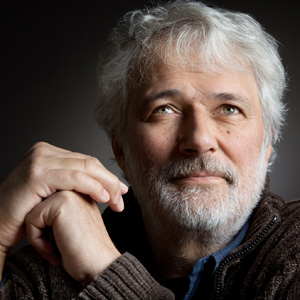 Prof Louis Scott |
Some of the world’s eminent palaeontologists and palynologists gathered at the University of the Free State (UFS) to attend a conference held in the honour of one of our own.
Prof Louis Scott, one of South Africa’s leading palynologists and former chairman of the Department of Plant Sciences at the UFS, recently retired. In recognition of his great contribution to promoting palynology, an international symposium was held from 7 – 11 July 2014 at the Bloemfontein Campus.
Palynology is the study of pollen grains and spores in archaeological findings.
The symposium, ‘From Past to Present – Changing Climates, Ecosystems and Environments of Arid Southern Africa. A Tribute to Louis Scott’, featured the works and findings of researchers from South Africa, USA, UK, Israel and Tanzania.
Prof Francis Thackeray from the Institute of Human Evolution at the University of the Witwatersrand delivered the keynote address. He said South Africa has a rich palaeontological heritage relating to human evolution within the late Pliocene, Pleistocene and Holocene.
Prof Thackeray said that the “identification and quantification of changes in climate and habitat are essential for assessing evolutionary processes associated with hominine species in the genera Australopithecus, Paranthropus and Homo. Attempts have been made to quantify changes in palaeotemperature and moisture using multivariate analysis of pollen spectra from sites such as Wonderkrater.”
Prof Thackeray dedicated his address to Prof Scott.